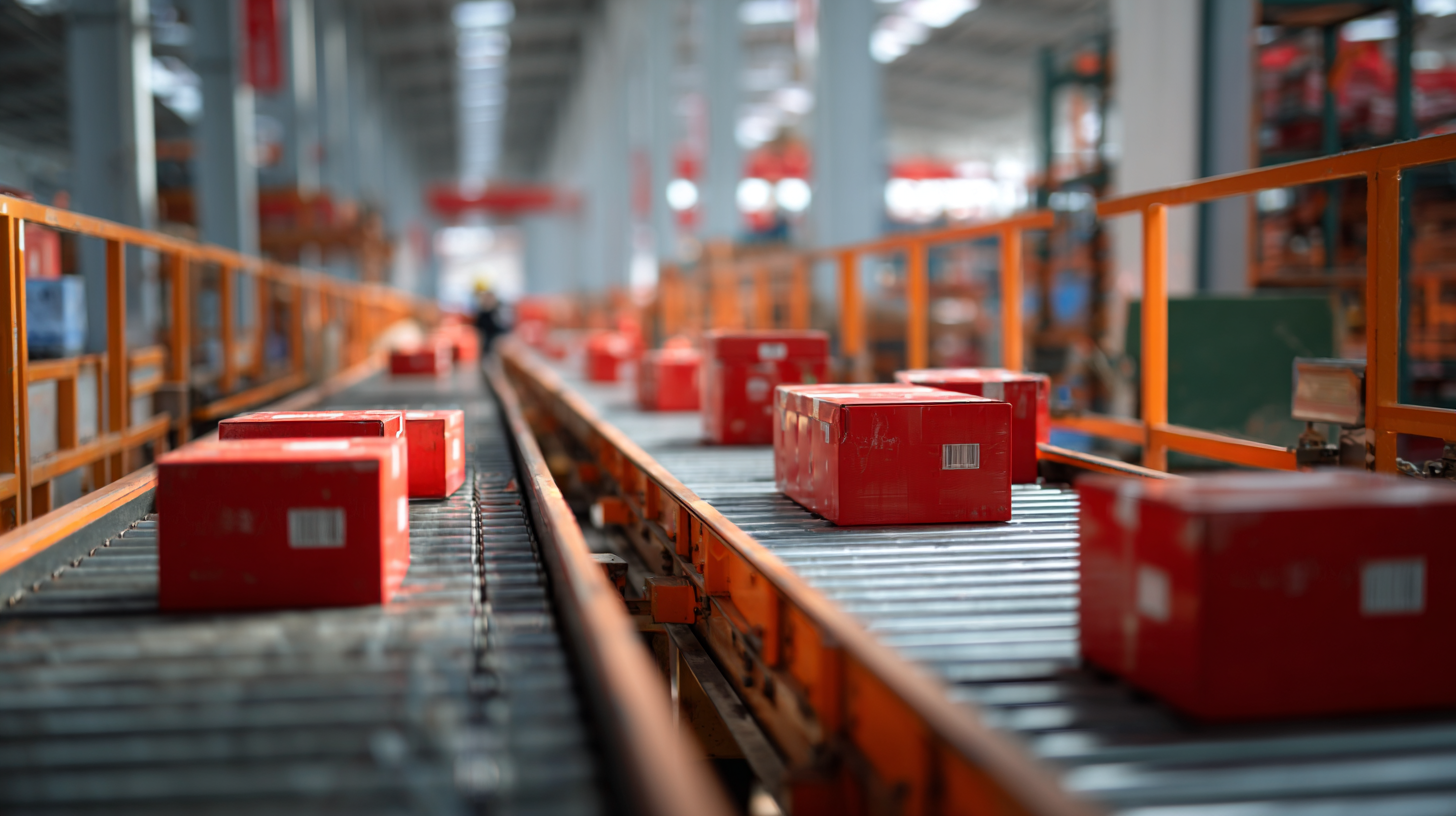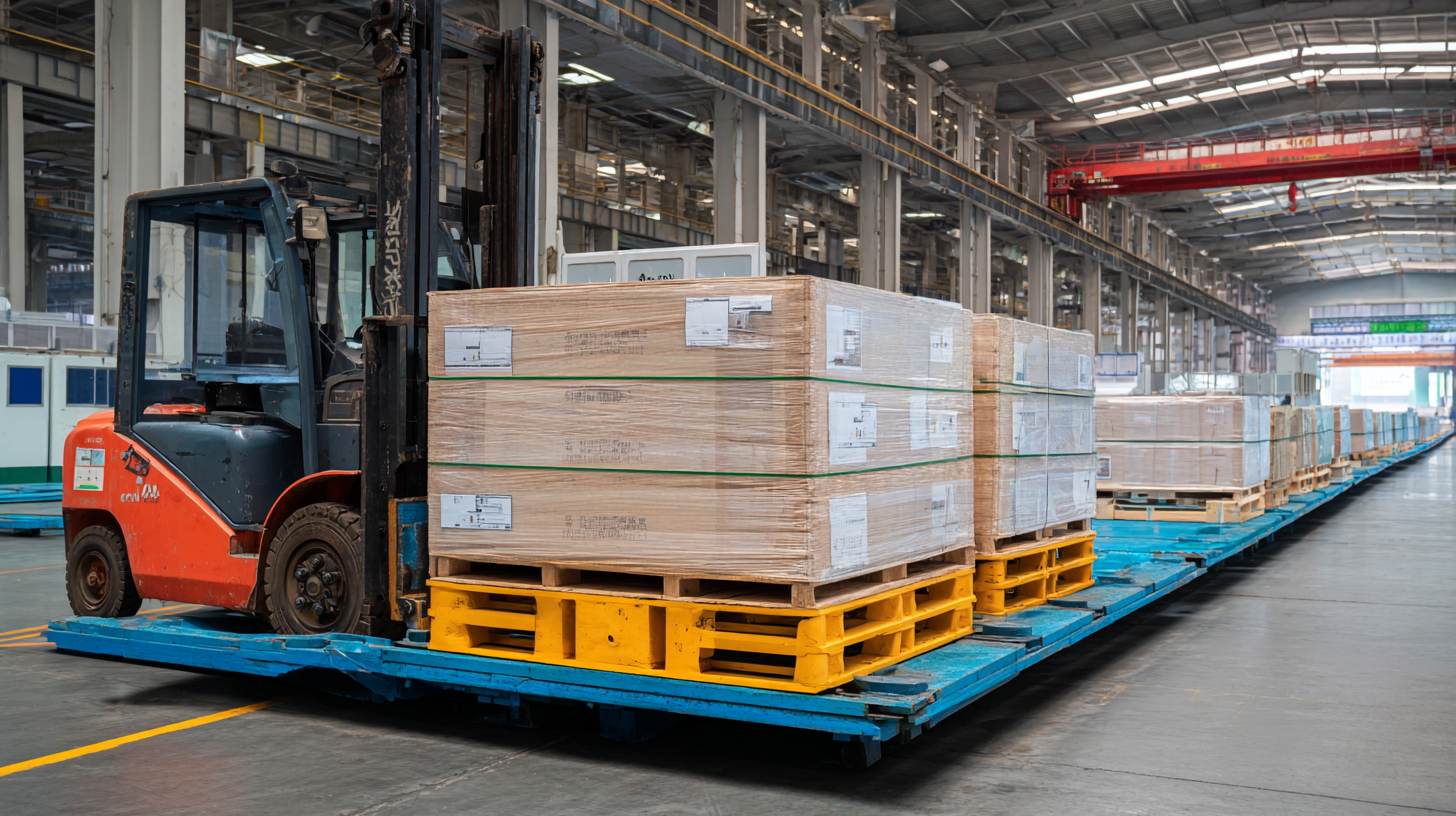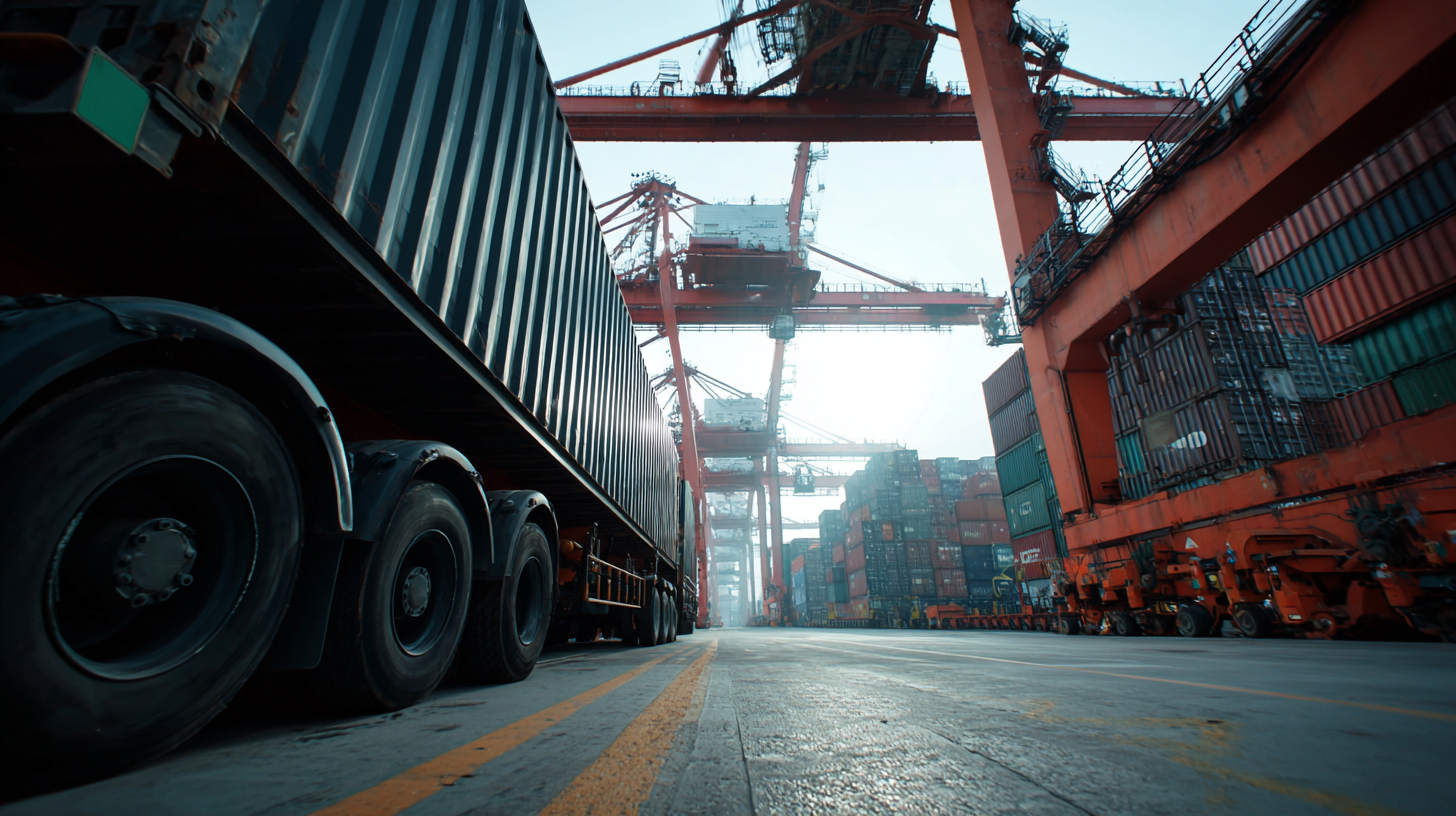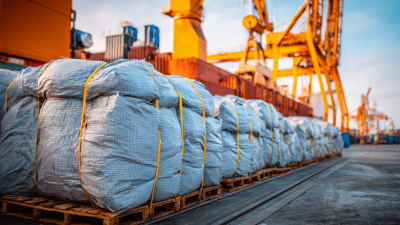
The logistics industry is continuously evolving, with innovations aimed at enhancing efficiency and reducing costs. One such advancement is the use of slip sheets, which serve as a lightweight alternative to traditional pallets, facilitating smoother handling and transportation of goods. According to a report by MarketsandMarkets, the global slip sheet market is projected to reach USD 1.5 billion by 2026, growing at a CAGR of 6.3% from 2021. The adoption of slip sheets can lead to significant reductions in storage space and transportation costs, especially seen in high-volume events like the 2025 China Import and Export Fair, also known as the 138th Canton Fair. With over 200,000 visitors and 26,000 exhibitors expected, the fair provides an ideal platform to assess how slip sheets can optimize logistics, streamline supply chains, and improve overall efficiency in international trade. Exploring their impact within this context is vital as businesses seek to align with sustainability goals and enhance operational practices.

The implementation of slip sheets in logistics operations during the 2025 China Import and Export Fair represents a significant opportunity for cost reduction. Slip sheets, which are thin sheets of material used to support loads instead of traditional pallets, streamline the handling and transportation of goods. Their lightweight design reduces shipping costs, as carriers can transport more products without exceeding weight limits. Additionally, the reduction in pallet-related expenses, such as maintenance and replenishment, contributes to lower overall logistics costs.
Moreover, slip sheets enhance storage efficiency by allowing for denser stacking of goods. This increased space utilization can lead to lower warehousing costs, making them an attractive option for businesses looking to optimize their supply chain. During the fair, exhibitors and logistics providers can leverage the advantages of slip sheets to expedite loading and unloading processes, thereby improving turnaround times. As a result, businesses participating in the event can not only save on logistical expenses but also improve their operational efficiency, ultimately enhancing their competitiveness in the global market.
The 2025 China Import and Export Fair presents a pivotal opportunity to analyze the use of slip sheets in comparison to traditional pallet systems within logistics operations. Slip sheets, lightweight and compact, reduce material usage and streamline storage processes. Their design allows for more efficient stacking and transport, accommodating an increased volume of goods without the added weight of pallets. This leads to potential savings in shipping costs and fuel consumption, enhancing overall logistics efficiency.
In contrast, traditional pallets remain a widely used standard due to their robustness and ease of handling. However, they occupy more space and can complicate warehousing strategies due to their bulk. As companies aim to optimize their logistics operations, the transition to slip sheets may present a significant advantage. Metrics such as loading time, cube utilization, and damage rates can be pivotal in assessing the true impact of these two systems. Analyzing these factors at the Fair could provide critical insights for industry stakeholders looking to innovate and improve supply chain effectiveness.
| Efficiency Metric | Slip Sheets | Traditional Pallets |
|---|---|---|
| Space Utilization (%) | 90 | 75 |
| Load Time (seconds) | 15 | 25 |
| Cost per Load ($) | 50 | 75 |
| Carbon Footprint (kg CO2) | 10 | 15 |
| Damage Incidence (%) | 2 | 5 |
The implementation of slip sheets in logistics has emerged as a notable success story in enhancing operational efficiency within Chinese logistics systems, as exemplified by case studies presented at recent industry forums. These thin, flat sheets serve as alternatives to traditional pallets, allowing for more effective space utilization and streamlined material handling. By reducing the weight of shipments and optimizing container loading, businesses have reported significant cost savings and improved supply chain responsiveness.
Moreover, the gathering of logistics stakeholders at various conferences underscores the increasing recognition of innovative practices such as slip sheets. These events have highlighted the experiences of companies that have embraced slip sheets, showcasing their experiences as powerful examples of how simple changes in logistics processes can lead to substantial improvements in efficiency. The positive outcomes from these case studies are paving the way for broader adoption of slip sheets across the logistics sector, demonstrating their potential to contribute to sustainable practices while meeting the growing demands of international trade.

The adoption of slip sheets in global logistics is poised to rise significantly by 2025, driven by the need for more efficient shipping and storage solutions. These thin sheets, made of materials such as plastic or fiberboard, provide a lightweight and cost-effective alternative to traditional pallets. As companies increasingly seek to optimize their supply chain processes, the versatility of slip sheets offers a compelling solution for reducing shipping costs and improving cargo handling efficiency.
Market trends indicate that industries such as consumer goods, pharmaceuticals, and automotive are leading the way in adopting slip sheets. This is largely attributed to the rising pressure on logistics companies to reduce their carbon footprint and minimize resource consumption. By utilizing slip sheets, organizations can maximize the use of shipping space and reduce freight costs, while also benefiting from their ease of storage and handling. As logistics providers continue to innovate and enhance their operational strategies, slip sheets are expected to gain traction, transforming traditional logistics practices and contributing to a more sustainable future in the industry.
The use of slip sheets in logistics, particularly at trade fairs like the 2025 China Import and Export Fair, offers significant environmental benefits that align with global sustainability goals. Traditionally, the reliance on wooden pallets has contributed to deforestation, increased greenhouse gas emissions, and higher transportation costs. In contrast, slip sheets, which are thin sheets of material, provide a lightweight alternative that reduces the carbon footprint associated with freight transport. Their streamlined design allows for more efficient space utilization in shipping containers, resulting in fewer trips and lower fuel consumption.

Moreover, implementing slip sheets can lead to enhanced recycling practices within supply chains. As these sheets are often made from recyclable materials, their use promotes a circular economy model where materials are reused, thus minimizing waste. This shifts the focus not only toward operational efficiency but also toward a responsible supply chain that considers environmental impacts. Consequently, the adoption of slip sheets at trade fairs not only meets logistical needs but also fosters a culture of sustainability, encouraging companies to invest in greener practices that resonate well with environmentally conscious consumers.












